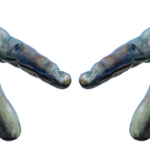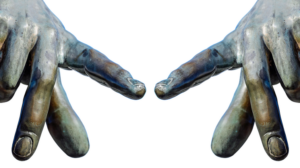
One common injury affecting the first rib is a first rib fracture. Fractures of the first rib typically occur as a result of a significant impact to the chest, such as in a car accident or a fall. Symptoms of a first rib fracture may include sharp pain at the site of the injury, swelling, bruising, and difficulty breathing. Treatment for a first rib fracture typically involves rest, pain management, and in severe cases, surgery may be required to realign the bone.
Another common condition that can affect the first rib is thoracic outlet syndrome. This syndrome occurs when the nerves and blood vessels between the first rib and the collarbone become compressed, leading to pain, numbness, and weakness in the arm and hand. Thoracic outlet syndrome can be caused by poor posture, repetitive overhead movements, or anatomical abnormalities. Treatment for thoracic outlet syndrome may include physical therapy, stretching exercises, and in some cases, surgery to decompress the affected nerves and blood vessels.
In addition to fractures and thoracic outlet syndrome, other conditions that can affect the first rib include:
– First rib dislocation: This occurs when the first rib becomes displaced from its normal position, usually as a result of a traumatic injury. Symptoms may include pain, swelling, and difficulty moving the affected arm.
– Costoclavicular syndrome: This condition occurs when the first rib and collarbone are compressed together, causing pain, numbness, and weakness in the arm. Treatment may involve physical therapy and postural exercises to improve alignment and relieve pressure on the nerves and blood vessels.
If you are experiencing pain or discomfort in the area of your first rib, it is important to seek medical attention from a healthcare professional. They can perform a thorough evaluation to determine the underlying cause of your symptoms and recommend a treatment plan to help you recover.
In conclusion, the first rib is a critical structure in the body that can be prone to various injuries and conditions. By understanding the common issues that can affect the first rib and knowing the signs and symptoms to look out for, you can take proactive steps to address any concerns and improve your overall health and well-being.
































Add Comment